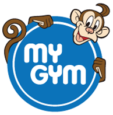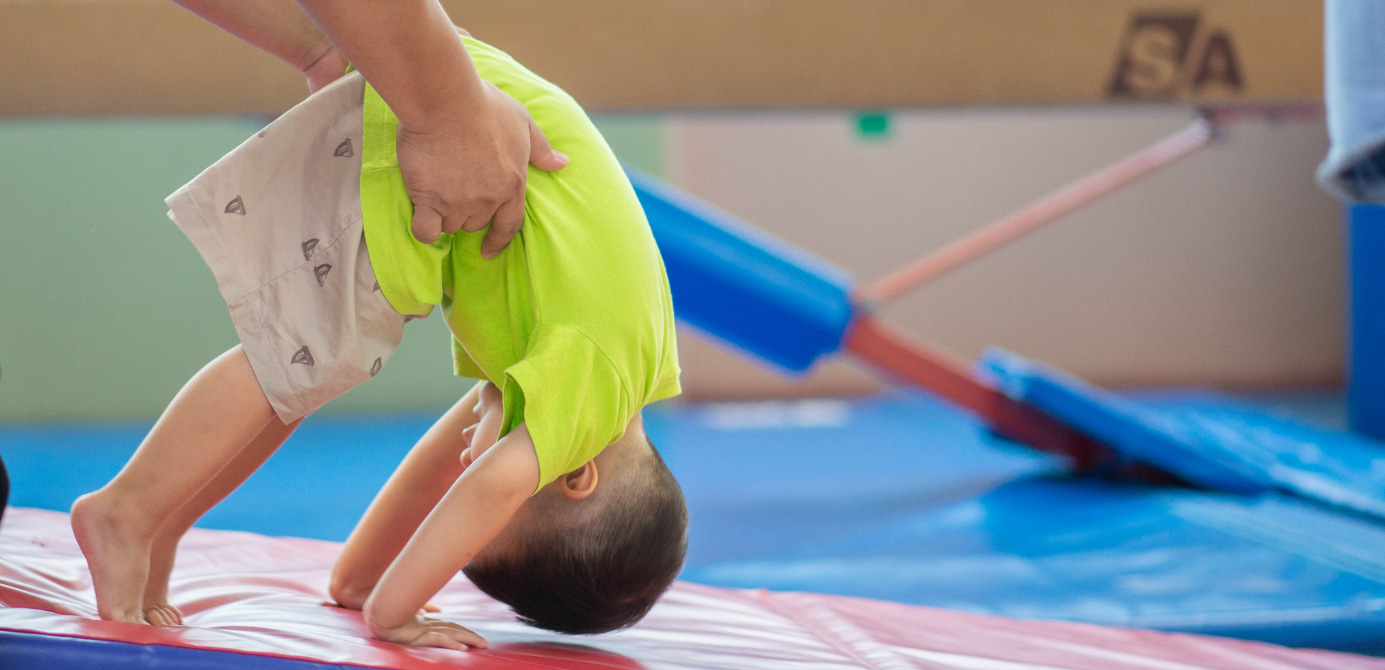Toddlers And Balancing Activities
Toddlers are playing all the time, automatically working on their muscles and strengthening bones. Play is a primary activity for children through which they learn, develop and grow. Eventually, helping them to maintain balance, gain better control over their bodies and their movement.
But learning to balance doesn’t happen naturally, it is a learned skill and needs physical and mental effort on part of the child. Once the sense of balance becomes second nature, children shift their attention to other things. And when your toddler gets lots of physical activity into her day through play, it will be good for her overall health and wellbeing.
Fun balance exercises nurture all areas of your toddler’s development, including her hands, feet and eye movement coordination. Toddlers also realize that balancing activities gives them the ability to become aware of how the body moves, reacts and how they can control it.
Physical activities increase their power to concentrate in children and help develop critical thinking skills as well. Play in essence is good for your toddler’s confidence, as she begins to test and push her abilities and discover that she can climb higher, run faster and jump farther.
Sense of balance leads to other skills
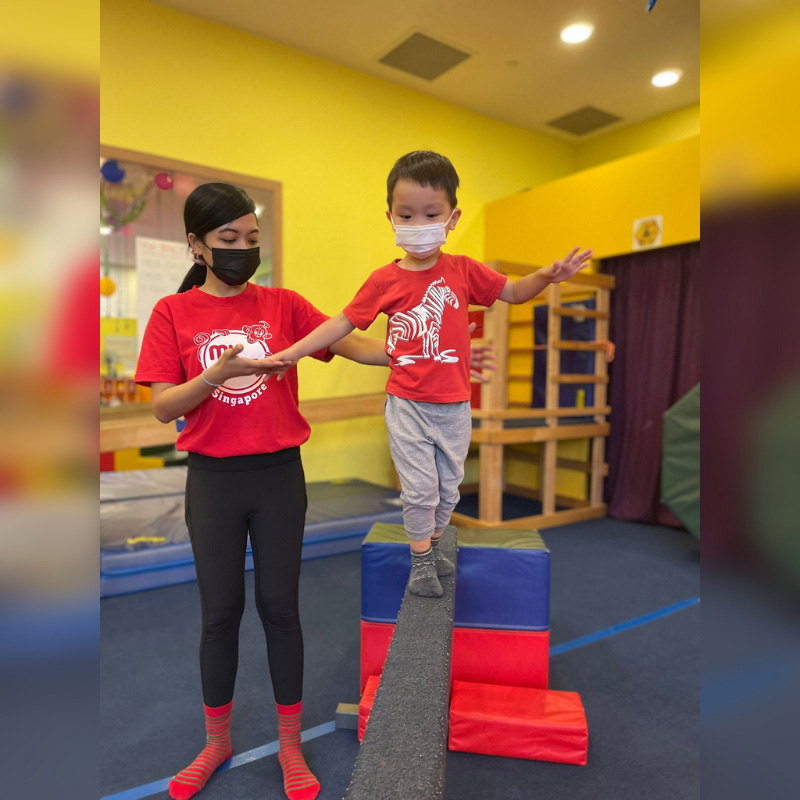
All moms of toddlers go through their daily workouts — bathing, dressing up, feeding and running after them, bending and lifting them up, stretching their back muscles to support them. These are both physically tiring and mentally draining.
The same factors impact toddlers as well. Balancing skills are not easy for them to acquire, they need to work on them tirelessly. For instance, toddlers need to have balance to gain control over the movement of their head, walk in a straight line and be able to quickly change direction and speed, and move against gravity.
When balancing skills are inadequate, children are at risk of developing low self-esteem, feel socially uncomfortable when with children their age, whether at home or in a regulated situation such as a classroom environment.
The skill to balance comes in handy when toddlers need to maintain their body positions while sitting straight, standing still or while moving about. They rely on balancing as it helps toddlers to participate in physical activities like sports and games.
Taking part in child development activities help to strengthen balance and offers positive outcomes for children of all ages. Especially for those who have difficulty reaching physical milestones, tire quickly, or go out of the way to avoid physical activity.
Gross skills develop before fine ones do
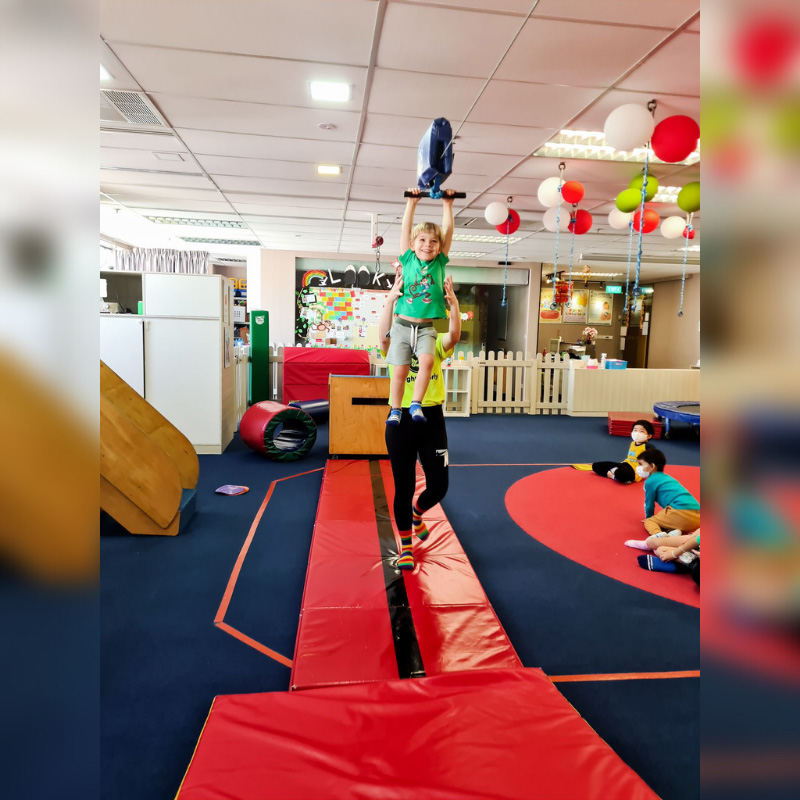
Gross motor skills are critical for developing and acquiring fine motor skillsets. This is why it is important for parents to focus on the development of their child’s large-muscle sets and movements. By involving toddlers in cognitive, social and emotional development activities parents can help their toddlers develop awareness, and gain confidence. Preparing the ground for developing smaller, more fine-tuned movements.
This process leads to gaining full control of the hands and finger movements for gripping pencils and crayons and finally helps children begin to write. So focus on aiming to achieve well-developed and coordinated gross motor movements before you get down to harnessing the finer ones.
Remember, while there is plenty of talk about hand-eye coordination, no one seems to focus much on foot-eye coordination, which is equally important. In fact, foot-eye coordination is the beginning of gaining control over hand-eye coordination for developing finer motor skills (small muscle movements) which are critical for writing.
Workout plans for your toddler
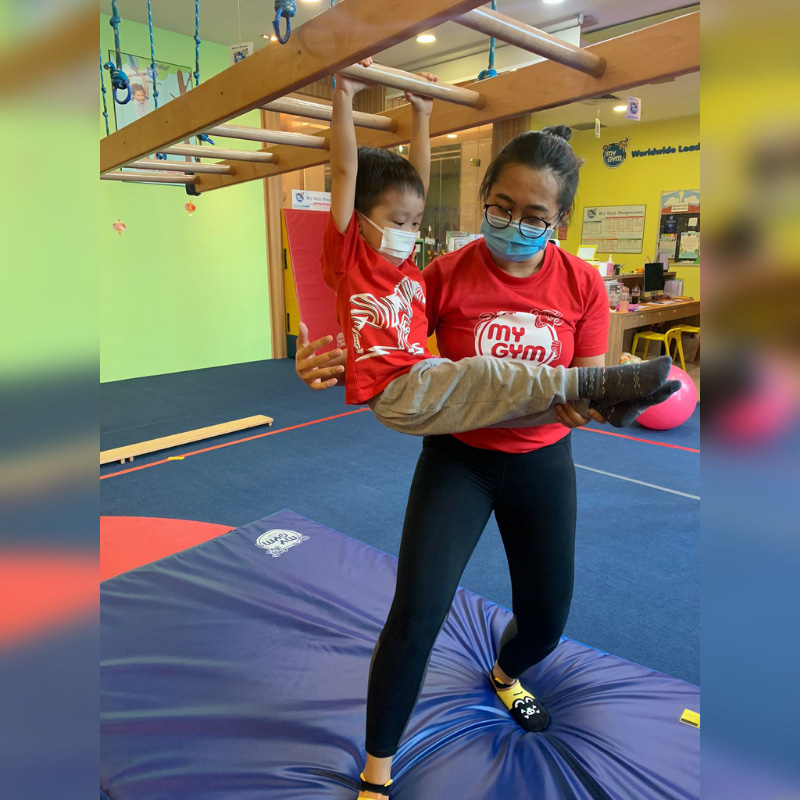
Toddlers love physical activities – walking, running, climbing, or jumping and keep moving and pushing their muscles, bones and brains to develop.
Parents are advised to involve toddlers and to keep them active for at least 2 hours on a daily basis. This needn’t happen in one go but can be spread over the waking hours of the child. Any kind of activity counts, and the idea is to keep your child on the move every day.
Practice makes perfect and fun balance exercises play an important part in growing up, so it’s good to try to make sure your baby is free to have a toddle when they get the urge. There are lots of ways you can get your child moving while at home.
Here are a few fun balance exercises that can help improve your toddler’s balance, encourage overall physical development and have loads of fun doing it!
Standing on one foot: While it will be easy for you to stand on one foot, it will be a big challenge for your toddler. When for the first time you ask your child to stand on one foot, she could find it difficult to balance. Stand her next to a wall and then ask her to lift one leg up, and try to hold the position for a couple of seconds.
Once she is steady enough, tell her to let go of the wall for support. Get your child to move a little farther away from the wall after each time you play this game. She can mark where is standing by sticking a tape on the floor. After a couple of days, she can see for herself the progress she has been able to make. Whosoever can stand the longest on one foot wins a treat!
Try crossing the London bridge: Get hold of a sturdy, stable home ladder, layout soft cushions and pillows at each end as support so that the ladder lies flat a few inches above the floor. Tell your child to walk from one side to the other, maintaining her balance as she starts to move over the ladder. Assist by holding her arm while she walks on the ladder for the first time.
As she learns to balance better and steadier, let her do it on her own. But stay within easy and quick reach. Keep raising the height of the ladder, making it a little more challenging.
Yoga play: Talking to your toddler while playing will reassure the child that you are always there with her. It will also help add new words to her vocabulary and improve her cognitive skills. Like if you are starting yoga, you could talk about postures and how long you need to hold each position.
Yoga will improve your child’s sense of balance, practice it together. Start with simple asanas first. Practice standing like a tree, or spread out your arms like an aeroplane, or bend forward or to the sides, rotate your torso. Work out big and small movements.
Surf boarding: Choose a flat, sturdy wooden board, wide enough to stand on with her arms raised sideways. Place a longish cylinder beneath the board and tell your child to stand on the board, instructing her to stand with feet a little wider than hip-width. Steady her balance, rolling back and forth, the idea is to keep the board still on the cylinder.
Music makes exercising more fun. Challenge her to dance while she is still on the surfboard. This will help increase her sense of balance and improve agility by moving her feet closer together or spreading them further apart.
Hopscotch on the floor: Toddlers will love this game as it is simple and easy to master. Use scotch tape to mark out the nine hopscotch squares on the floor. Get hold of a flat stone or a large coin. Show your toddler how to start the game.
Ask her to toss the coin into the first square, and hop into the square on one foot. Pick up the stone, throw it again, repeat until she reaches the top box. The coin should not touch the lines or bounce outside of the box. If it does, go back to start all over again. The game ends when she completes the ninth square.
Start n’ freeze: Every time you play this game, make it seem like it is a dance party for two. Play the music, then suddenly stop it randomly and tell your child to freeze when the music stops! Then, start and stop the music again.
This will seem challenging enough to hold her attention and keep her involved with the game. And as she begins to respond according to when the music starts and stops, her movements become smoother and she will become adept at keeping her balance.
Walking on a tightrope: Lay a rope on the floor to create a straight line. Your toddler has to walk on the rope without missing a step. Walk slowly, stay steady, no need to hurry. Place objects on the rope to form obstacles, then challenge her to walk the rope backwards without moving away from the line. Reward your child with a star.
My Gym
My Gym involves children in dynamic physical activity and movement that help in building neural networks in the brain. Making it easier for children to acquire intellectual skills, navigate complex social situations, and nurture emotional development.
To find out more about how My Gym plays a key role in supporting “whole-child development,” please visit any of our centres. Choose a day when you will be relatively free and come over with your child in tow. Your child could be an infant (as young as 6 months), a toddler or a preschooler, age is not a bar for enrolling.
My Gym has child enrichment programs that lay a firm foundation for your child’s personal, academic and future growth by involving your child in age-appropriate creative learning and problem-solving activities.
Frequently Asked Questions
Why is balance and coordination important in children?
Balancing activities for toddlers directly impact their gross-motor and fine-motor skills. Balancing is the key component of physical agility that allows children to become physically strong, cognitively empowered, and emotionally capable of learning other life skills. Balance and coordination activities are an important part of child enrichment programs, as they boost a kid’s confidence, promote cognitive development, and nurture emotional development.
How can kids improve their balance?
Play-based creative learning activities teach toddlers how to balance, understand, and manage their own body movements. A series of holistic child development activities that cover the fundamental domains of growth, including physical, cognitive, social, and emotional abilities, also helps children refine their intellectual skills and navigate through tricky situations with greater ease.
What are some balance exercises for kids?
Some of the most fun balance exercises include hopping, crossing a bridge, yoga, surf boarding, hopscotch, and walking on a tightrope, among other physical sports. All play-based exercises focus on improving the balance and coordination skills of kids in an entertaining yet rewarding manner. Besides focusing on physical agility, cognitive development activities also promote balancing abilities.
How do you improve gross motor skills in children?
Gross-motor skills refer to the development and growth of large muscle sets and movements, which are among the essential skillsets that children acquire from birth. A diverse range of physical, cognitive, social, and creative learning activities, such as balancing, dancing, and artistic activities, enhance children’s gross-motor skills. Enrichment activities help children improve their gross-motor skills as well as their social skills.
What are the building blocks necessary to develop balance and coordination?
Focused attention, muscular efforts against gravity, the ability to adjust movement, strong muscles, core stability, sensory awareness, and movement responses are some of the essential building blocks for children to acquire balance and coordination abilities. Balance and coordination skills contribute to a sound foundation throughout the early childhood development stages that helps kids develop critical thinking skills.

